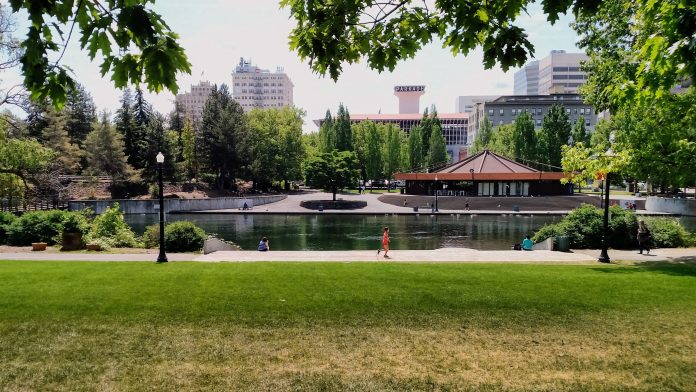
How Port Townsend, Walla Walla, and Spokane are responding to escalating housing costs
Pam Parr, executive director of the Spokane Housing Authority, has noticed that rising rental costs across the state are drawing attention to housing issues with an intensity she’s never seen before. “I’ve been in this business for 35 years,” Parr said, “and this is the first time in my career that everybody’s talking about housing.”
According to data from the Washington Center for Real Estate Research at the University of Washington, in late 2023 average rents statewide began to stabilize slightly, but they continue to remain at high levels. And some regions – particularly small towns and areas outside the greater Seattle area – saw sharp increases in rental costs this year. For instance, the median price for a one-bedroom unit in Walla Walla County rose by more than 8%.
From quaint towns like Port Townsend to large cities such as Spokane, rents continue to be out of reach for many residents, making more and more people cost-burdened.
“Rent increases have been happening all over the state for such a long time,” said Michele Thomas, director of policy and advocacy at the Washington State Low Income Housing Alliance. “The Seattle area is way too expensive, but the rest of the state is rapidly catching up.”
The National Low Income Housing Coalition recently ranked Washington State as fifth highest in the nation in terms of housing wages: The organization estimates a Washington state resident needs to earn more than $36 per hour to afford an average-priced two-bedroom apartment.
Those who live outside the greater Seattle area aren’t immune to the crisis, and face unique challenges.
Port Townsend: Limited supply and an influx of retirees driving up rents
Known for its charming historic homes and proximity to the Olympic Mountains and the Salish Sea, Port Townsend is a town struggling because of its appeal.
Housing Solutions Network is a grassroots organization that advocates for affordable workforce housing in eastern Jefferson County that is led by Liz Revord. Affordability is a growing issue as an influx of retirees and remote workers living on Seattle-sized wages are driving up housing costs in Port Townsend, Revord said.
“One of the biggest things that we’re trying to grapple with as a community is how to invite more people in while still ensuring that the people who are here are allowed to stay,” Revord said.
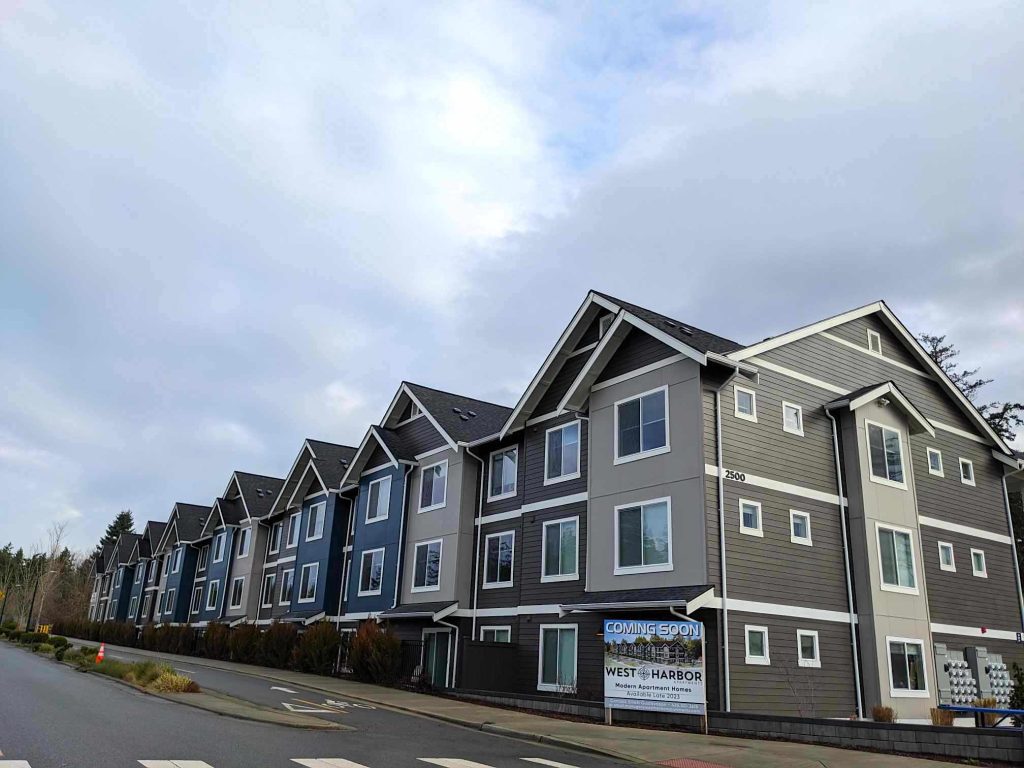
The vast majority of housing in Port Townsend, which has a population of about 10,000, is in the form of single family homes. Those homes now have a median price of $647,000 – up from less than $300,000 in 2016 – according to Mason Virant, a researcher at the Washington Center for Real Estate Research. The center found that Jefferson County has a median income of just $67,000, and as a result ranks 38th out of 39 counties in terms of first-time home buyer affordability. Virant’s data also shows that Jefferson County has only 378 units of multi-family housing, almost all of it located in Port Townsend. Surprisingly, nearly 80% of those units are subsidized affordable housing.
Revord said that as a result of this scarcity, the town’s rental vacancy rate hovers between zero and 1% – an extremely unhealthy situation that drives up rents. “At the end of the day, we don’t have enough supply,” Revord said. “And we don’t have enough variety of types of housing, either.”
She said that a local housing provider recently completed construction of a multi-family apartment building called 7th Haven – the first built in Port Townsend in 14 years. Revord said this paucity of housing options makes it nearly impossible for teachers, EMTs, or restaurant workers to live near where they work.
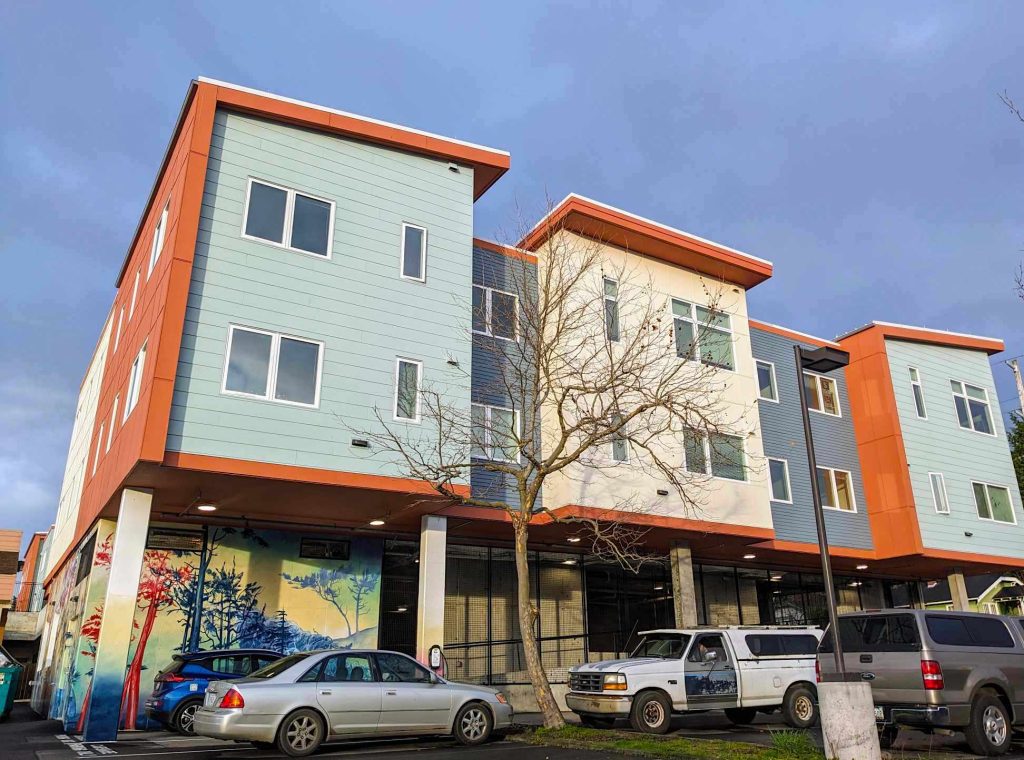
“What people are starting to understand is that their local coffee shop is closed on Sundays or they can’t go out to dinner after 8 pm because of a lack of staffing,” she said. “And that lack of staffing isn’t because nobody wants to work anymore. It’s because nobody can afford to live in Port Townsend.”
Revord’s staff and volunteers have had their own troubles finding affordable housing. She noteds that over the past four years, she and her husband looked at over 75 homes and made offers on 16 before they finally succeeded in purchasing one this year.
Housing Solutions has been pushing for zoning changes that would allow duplexes and triplexes in Port Townsend. Revord also said countywide limits on short-term rentals such as Airbnbs are necessary to make more housing available to residents.
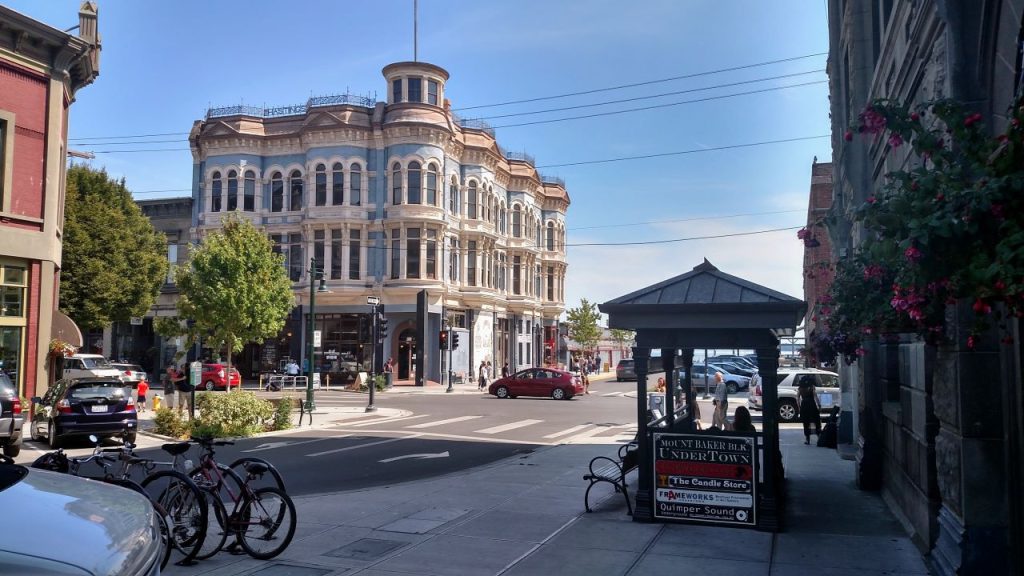
She’s also advocating for increased state and local funds for affordable and missing middle housing. Revord noted that organizations such as Habitat for Humanity and Olympic Housing Trust are also helping. Habitat recently purchased 17 acres at a retired airstrip in Port Hadlock with the aim of constructing 120 mixed-income units of subsidized housing – some serving families at 80% percent of area median income (AMI) and others geared toward those making 120% of AMI.
The organization is also pushing for a local housing levy along the lines of a 2017 measure, which failed to pass. But Revord said that this still won’t be enough and that more state funds need to be earmarked for rural housing. “Our local housing providers are competing for money from the Washington State Housing Finance Commission and the Housing Trust Fund. And we’re competing against urban settings. There really has to be more funding coming into rural communities to help address rural problems.”
Walla Walla: Surging prices and fees put pressure on low income residents
Danielle Garbe Reser, the CEO of the Blue Mountain Action Council, said rents and fees are increasing rapidly in Walla Walla, a quiet college town of about 34,000 people in the southeast corner of the state.
“We’re seeing significant challenges in terms of the increase in rents,” Garbe Reser said. “We’re also seeing increases in other kinds of fees associated with renters, including non-refundable fees.”
With no local or state cap on these sorts of fees, Garbe Reser said that landlords in Walla Walla are sometimes asking for non-refundable move-in fees as high as two to three thousand dollars in lieu of damage deposits. Late fees can reach as high as $25 a day, which is a burden for those with low incomes or retirees with fixed incomes. “If somebody’s falling behind for any reason, they can get into a really challenging spiral,” she said.
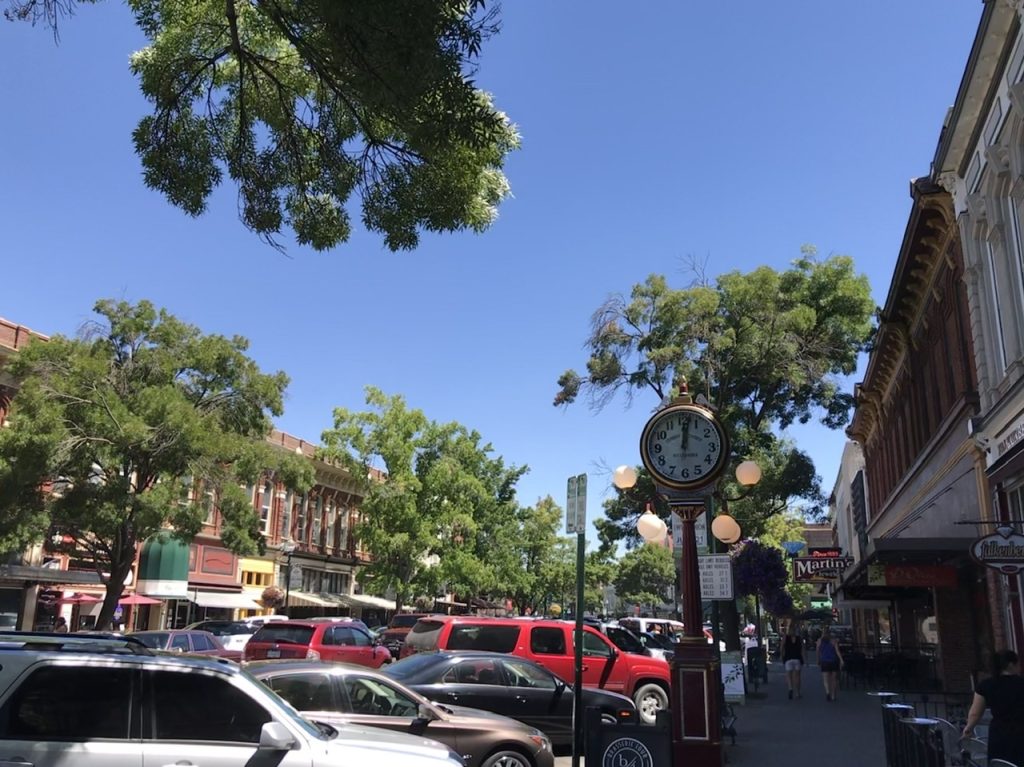
Thomas, with the Washington Low Income Housing Alliance, said rent increases, combined with the end of pandemic-era eviction moratoriums and federal Covid assistance, are leading to a rise in evictions statewide. “Rent increases are the number one reason why evictions are going up,” she said.
Data from the Washington Center for Real Estate Research shows that in the past year, Walla Walla County saw rents increase by 5.8%, one of the highest levels in the state. Average rents in the county across all units are now at $1,120. Prices for one-bedroom units in Walla Walla rose 8.1%, the highest increase in the state.
“If you’re living on a Social Security income of $914 a month, there’s almost nothing in Walla Walla now under $1,000,” said Garbe Reser. “So where are you supposed to live?”
Her organization, which is tasked with ending poverty in Walla Walla, Columbia, and Garfield counties, helps low income residents access food, housing, and job training. The coalition manages 162 units of affordable housing, and also coordinates rental assistance programs.
During the height of the pandemic, Garbe Reser said, Blue Mountain Action Coalition managed about $500,000 of rent subsidies per month. With the expiration of those programs (funded by the federal government via the American Rescue Plan Act) in June, the organization now only provides about $60,000 “We were helping almost 200 people a month, but as of June we can help 10 people,” she said. “But we’re getting as many as 60 phone calls a day asking for rental assistance.”
Garbe Reser said her organization supports increasing the state’s fund for affordable housing and earmarking more for small towns and rural areas, as well as legislation that would limit non-refundable fees and late fees.
Spokane: A respite from surging rent increases, but pressure for those on the margins
According to data from the Washington Center for Real Estate Research, housing prices increased slightly in Spokane County, leveling off to a 0.7% rise in late 2023. That’s a welcome break but small relief for those who are cost burdened in the state’s second-largest city, where rents climbed 29% between 2020 and 2021.
Virant said the center’s research shows that Spokane will need 71,000 units of additional housing by 2044 to meet demand. “In the next two decades,” he said, “we’ll need about 1.1 million additional housing units in the state.”
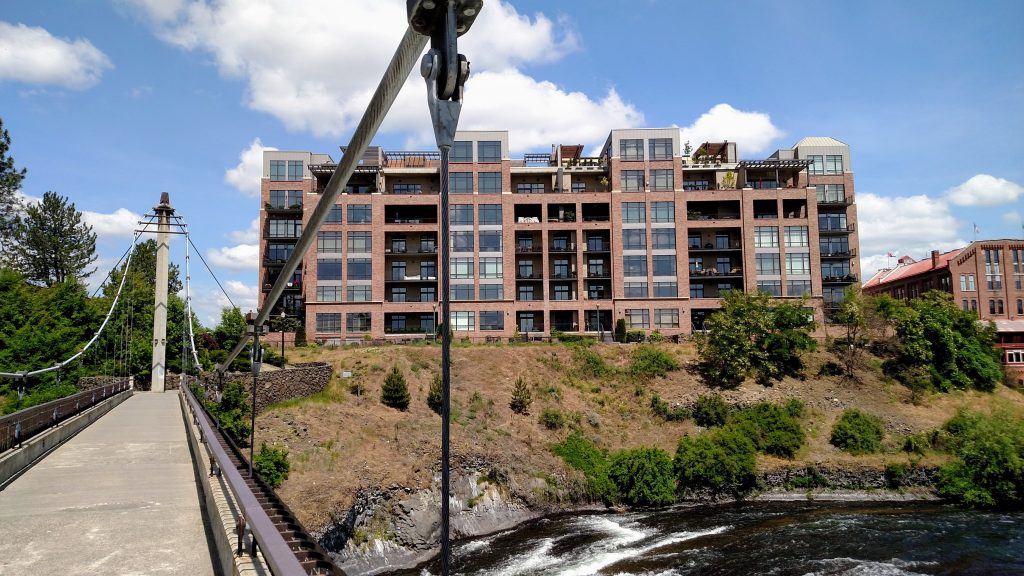
Pam Parr, director of the Spokane Housing Authority, which provides vouchers to about 6,000 low-income residents of Spokane, Lincoln, Pend Oreille, Stevens, Ferry, and Whitman counties, said that supply is limited and prices remain high for many. “If you make $17 an hour how do you bridge the gap without having five roommates?”
She noted that in addition to a lack of affordable options, Spokane is getting more difficult for middle-income folks, particularly those interested in buying a home. “If the average home price is $420,000, somebody who is a teacher is going to have a really hard time being able to afford them.”
According to Zillow, the median home price in Spokane is more than $375,000, up from $220,000 five years ago.
Those increases moved the city of Spokane to pass a series of bold housing reforms in 2022 that included legalizing fourplexes, triplexes and duplexes in all the city’s single family zones, and reducing lot size requirements. In 2023 Spokane voted to eliminate many of the city’s off-street parking minimums.
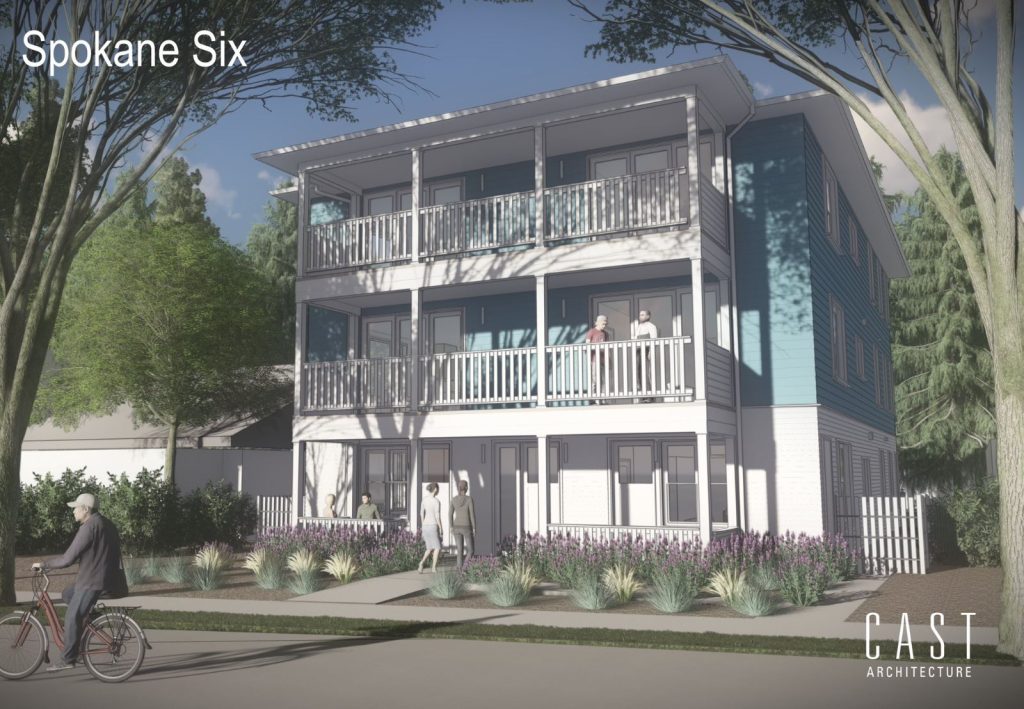
Parr said those reforms will help with the creation of housing, and noted that the city has also found “ways to waive general facility fees for affordable units, which has been helpful.” At the state level, last year’s $400 million increase in the Housing Trust Fund “absolutely has been helpful.”
But she’d like to see the legislature lift the state’s bond cap in order to facilitate construction of more affordable housing, as well as pushing the state’s Congressional delegation to support an increase in the federal Low Income Housing Tax Credit. At the local level, her organization is closely watching Spokane’s upcoming creation of a new comprehensive plan – earlier this year, the city amended its current plan to make the creation of missing middle housing a priority.
To help address the state’s ongoing surge in rents, in next year’s legislative session the Washington State Low Income Housing Alliance will again support a rent stabilization bill limiting rent increases, similar to the several introduced last year that failed to pass. Her organization will also push a bill that would create a permanent source of income for the Housing Trust Fund by reducing the excise tax on most real estate transactions while adding a 1% increase to any properties sold for more than $3 million.
Local levies and action by city and county governments are another way rural communities and small towns can increase affordable options. Historically, many smaller cities and rural communities have been resistant to raising taxes, though that may be changing. Thomas points to creative efforts in the Wenatchee area to create incentives for affordable housing. She also noted that Bellingham recently passed tenant protections by a wide margin.
Revord with Housing Solutions sees much more interest at the local level to address the housing shortage in Port Townsend, but notes that it will take time to shift thinking and create solutions. “I think our city government wants to create more affordable housing,” she said. “They’re still learning how to do it.”

Andrew Engelson
Andrew Engelson is an award-winning freelance journalist and editor with over 20 years of experience. Most recently serving as News Director/Deputy Assistant at the South Seattle Emerald, Andrew was also the founder and editor of Cascadia Magazine. His journalism, essays, and writing have appeared in the South Seattle Emerald, The Stranger, Crosscut, Real Change, Seattle Weekly, the Seattle Post-Intelligencer, the Seattle Times, Washington Trails, and many other publications. He’s passionate about narrative journalism on a range of topics, including the environment, climate change, social justice, arts, culture, and science. He’s the winner of several first place awards from the Western Washington Chapter of the Society of Professional Journalists.
